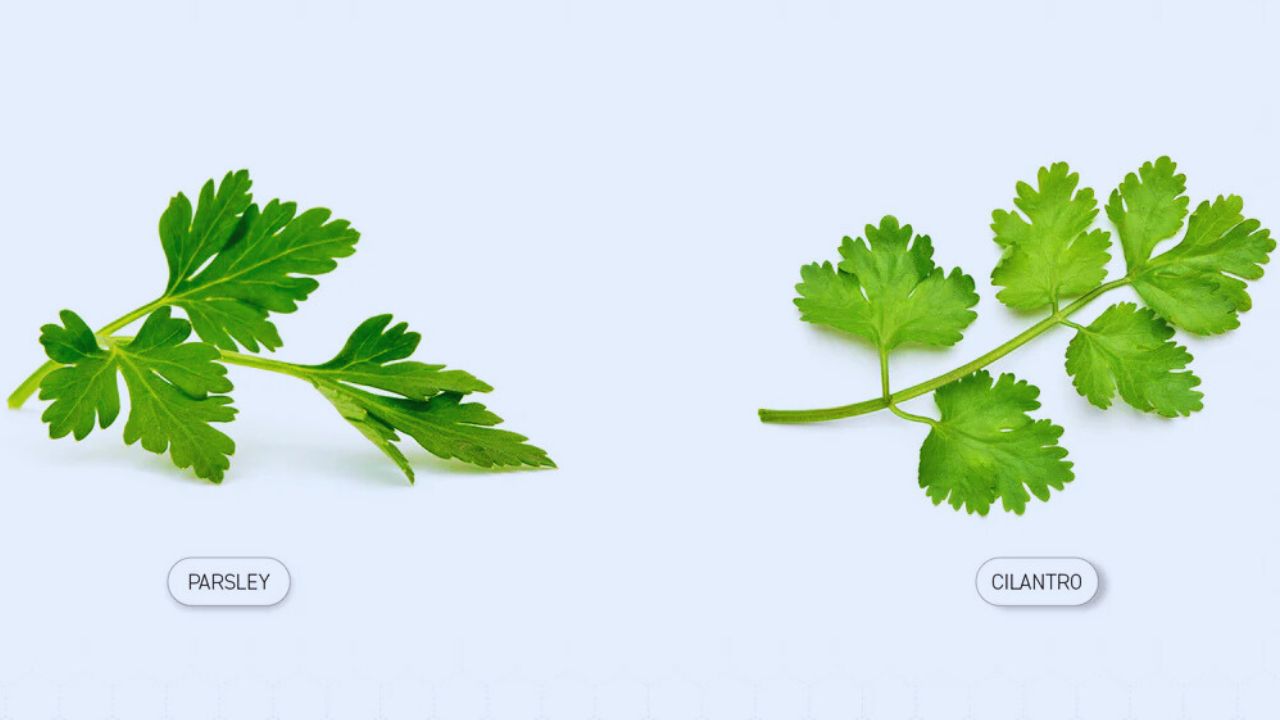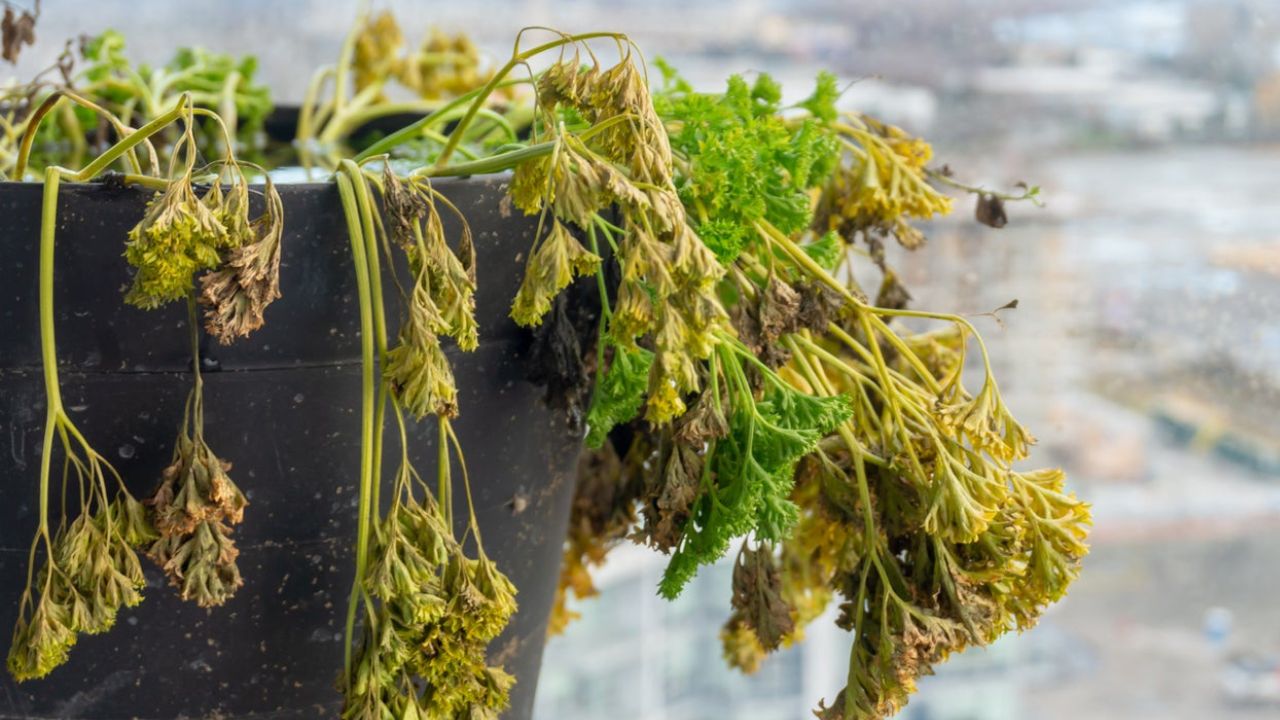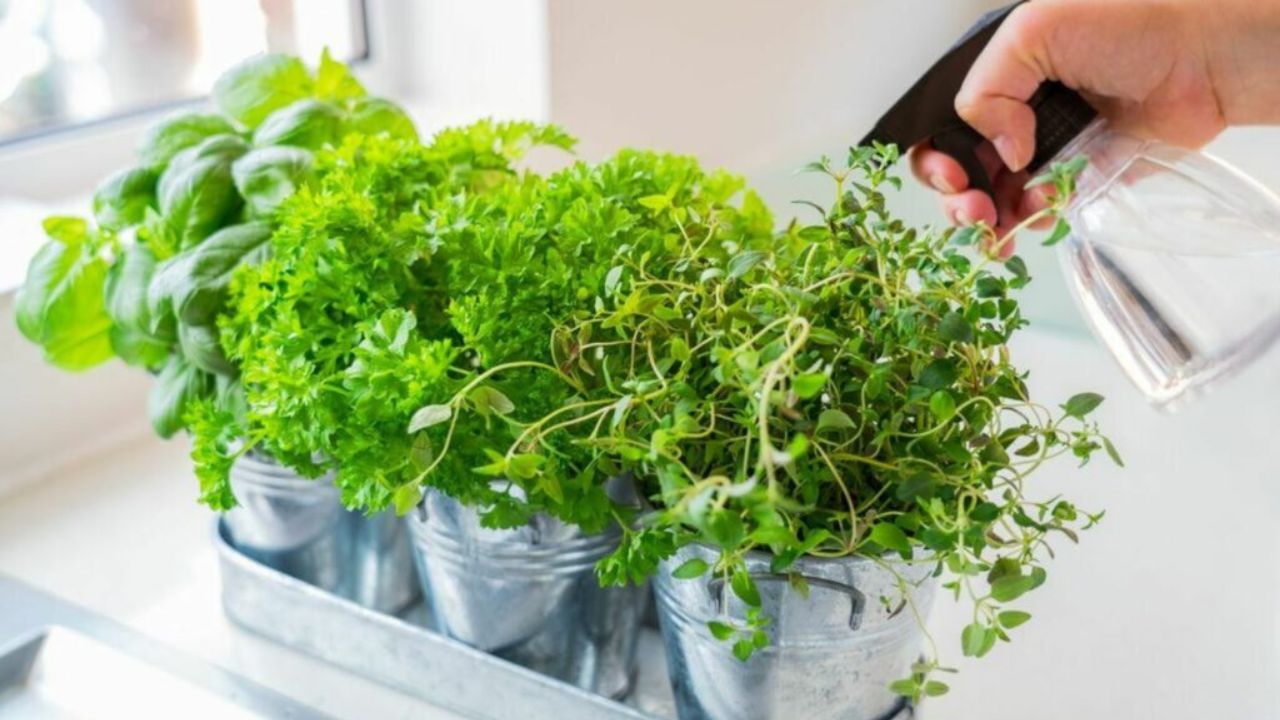Parsley and cilantro can be planted together as they share similar light, soil, and watering needs. However, cilantro is more heat-sensitive, while parsley is more heat-tolerant. Proper spacing and care can help them grow well together.
Can Parsley and Cilantro Be Planted Together?
Parsley and cilantro can be planted together since they share similar growing conditions like light, soil, and watering needs. However, they have some differences that may affect their growth compatibility.
Both herbs thrive in cool to moderate temperatures and well-draining soil. Cilantro is more sensitive to heat and bolts quickly in warm weather, while parsley is more heat-tolerant. This means cilantro may need to be harvested earlier than parsley in hotter climates.
Pros and Cons to Planting Parsley and Cilantro Together
Pros
- Space Efficiency: They both have similar growth habits and can be planted close together.
- Extended Harvest: Parsley can continue growing after cilantro bolts, extending the harvest period.
- Pest Control: They can help repel pests when planted together.
Cons
- Heat Sensitivity: Cilantro may bolt in hot weather, affecting its growth.
- Overcrowding: Planting too close together can stunt growth.
- Watering Needs: Parsley requires more water than cilantro, which could lead to uneven growth.
Growing Conditions for Parsley and Cilantro
Both parsley and cilantro thrive under specific growing conditions, which should be considered when planting them together. Let’s break down their light, soil, temperature, and watering needs to ensure healthy growth.
Light, Soil, and Temperature Requirements
Light:
Both parsley and cilantro prefer full sun to partial shade. Ideally, they need about 4-6 hours of sunlight daily for optimal growth. However, cilantro tends to bolt (flower and go to seed) quickly in hot, direct sunlight, especially during the summer months.
Growing cilantro in partial shade or during cooler seasons can help extend its harvest period. Parsley is a bit more tolerant of full sun, making it suitable for longer sun exposure.
Soil:
Both herbs prefer well-draining, rich, and slightly acidic to neutral soil with a pH range of 6.0 to 7.0. They both thrive in soil that is high in organic matter. Adding compost or organic matter to the soil helps improve drainage and provides essential nutrients for healthy plant growth. Ensure the soil is not too heavy or compact, as it can hinder root development.
Temperature:
- Parsley grows best in moderate temperatures between 60-70°F (15-21°C). It is a cool-weather herb and tends to struggle in extreme heat.
- Cilantro, on the other hand, prefers slightly cooler temperatures, typically between 50-85°F (10-29°C).
Cilantro bolts faster in higher temperatures, so it’s important to grow it in cooler seasons or cooler areas, especially if you’re planting both together. When planting them together, ensure they’re in an environment where temperatures don’t regularly exceed 85°F (29°C).
Watering Needs:
Both parsley and cilantro have relatively similar watering requirements, though they do differ slightly.
Parsley: Parsley prefers consistent moisture but does not like to sit in waterlogged soil. Water the plant deeply, ensuring the top 2-3 inches of soil are kept moist, but allow the soil to dry slightly between watering to prevent root rot. Regular watering is essential during dry periods, especially if the plants are grown in containers.
Cilantro: Cilantro needs to be watered regularly to maintain a moist, but not soggy, soil. It prefers slightly more frequent watering during its germination and growing stages, particularly in warmer weather. However, once established, cilantro is more tolerant of dry conditions compared to parsley, though it will still perform better with consistent moisture.
Planting Tips for Parsley and Cilantro
When planting parsley and cilantro, it’s important to follow a few key tips to help them thrive. Here’s a simple guide to planting both herbs successfully.
Ideal Planting Methods
Spacing:
- Parsley: Space each plant about 8-10 inches apart to allow room for growth.
- Cilantro: Space cilantro plants about 6-8 inches apart, as they have a smaller spread.
Depth:
- Parsley: Plant seeds about 1/4 inch deep in the soil.
- Cilantro: Plant cilantro seeds about 1/4 inch deep as well, but keep in mind that cilantro grows best when sown directly in the soil, as it doesn’t transplant well.
Soil Recommendations
Both parsley and cilantro prefer well-draining soil rich in organic matter. Here’s what you need to keep in mind:
- Soil pH: Aim for a pH of 6.0 to 7.0 for both herbs (slightly acidic to neutral).
- Soil Texture: Use soil that is light and loamy. You can mix in compost to improve soil structure and fertility.
Maintaining Healthy Growth When Planted Together
When parsley and cilantro are planted together, it’s important to manage their growth to ensure they thrive without competing for resources.
Managing Watering and Nutrients
- Watering: Both herbs prefer consistently moist soil, but avoid overwatering. Water deeply but allow the top 1-2 inches of soil to dry out between waterings. Make sure the soil drains well to prevent waterlogging.
- Nutrients: Both parsley and cilantro benefit from occasional feeding with a balanced fertilizer. You can use a liquid fertilizer every 3-4 weeks or mix compost into the soil to keep it rich in nutrients.
Avoiding Overcrowding and Competition for Resources
Regularly remove dead or yellowing leaves to give the plants more space and reduce the risk of disease. If growing in containers, consider thinning out the plants to ensure each one has enough room to grow.
Common Problems When Planting Parsley and Cilantro Together
While parsley and cilantro can grow well together, they are susceptible to certain problems. Here’s how to handle common pest and disease issues.
Pest Control
Aphids: Both parsley and cilantro can attract aphids, which suck sap from the leaves. To control them, use a gentle stream of water to wash them off or apply insecticidal soap.
Caterpillars: These can chew on parsley leaves. Hand-pick any visible caterpillars or use organic pesticides like neem oil.
Spider Mites: Cilantro, in particular, is prone to spider mites. Keep plants well-watered, as dry conditions encourage these pests. If needed, treat with insecticidal soap or neem oil.
Disease Prevention
Fungal Diseases: Both herbs are vulnerable to fungal diseases like powdery mildew, especially in humid conditions. Avoid overhead watering and ensure good air circulation around the plants.
Root Rot: Overwatering can lead to root rot. Always use well-draining soil and allow the soil to dry out slightly between waterings.
Leaf Spot: If you notice spots on the leaves, remove affected leaves promptly to prevent the spread of disease. Use fungicide if necessary, but be cautious with chemical treatments.
Related Questions People Often Ask:
Can Parsley And Cilantro Be Planted in The Same Pot?
Yes, parsley and cilantro can be planted together in the same pot, but ensure the pot is large enough (at least 10-12 inches in diameter) to allow for proper root growth and spacing.
How Often Should I Water Parsley and Cilantro When Planted Together?
Water both herbs regularly, keeping the soil consistently moist but not waterlogged. Water deeply, allowing the top 1-2 inches of soil to dry out between watering.
Will Cilantro and Parsley Compete For Nutrients When Planted Together?
Cilantro and parsley have similar nutrient needs, but by ensuring adequate spacing and providing regular feeding (e.g., with compost or balanced fertilizer), they should not compete significantly for nutrients.
Overall Reflection
Parsley and cilantro can be planted together as they share similar growing conditions. However, cilantro is more heat-sensitive, so proper care and spacing are needed to ensure both thrive without competing for resources.




